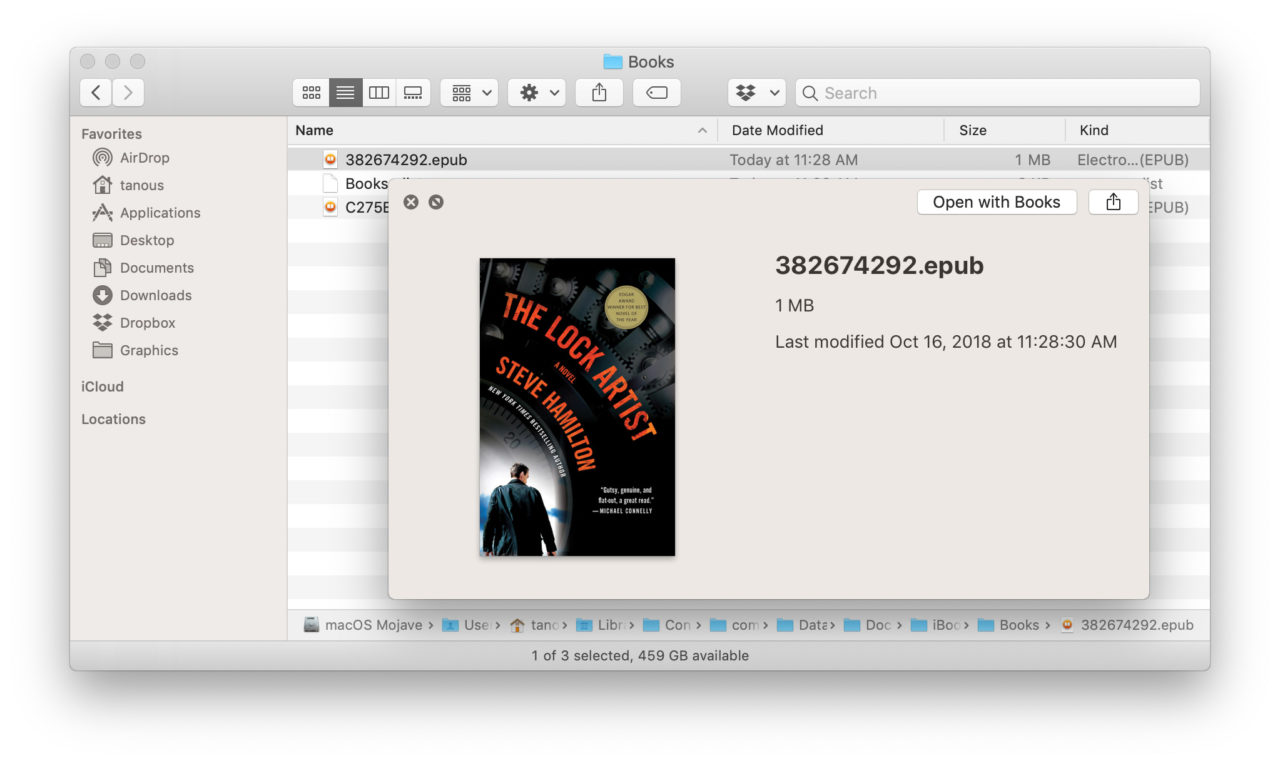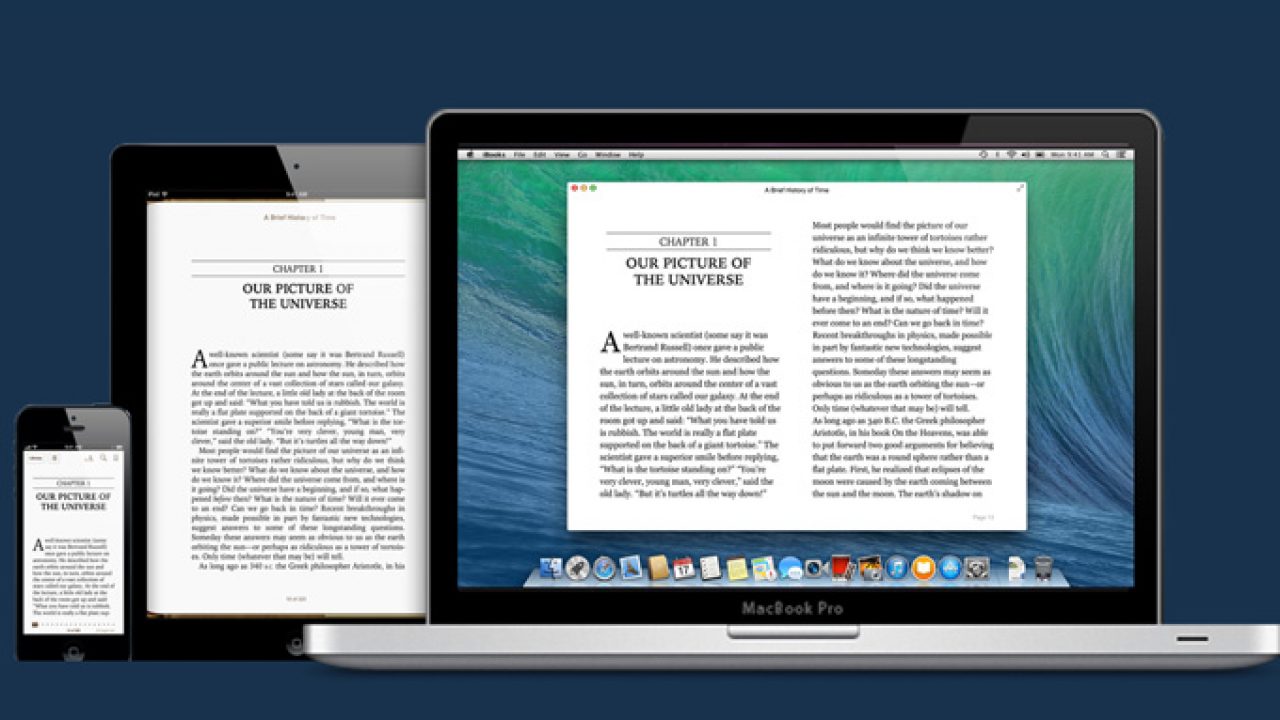

The data you keep in iCloud Drive automatically appear in the Files app, but you need to set up your other cloud services to access them in the Files app too. The Files app lets you add your third-party cloud services - like Box, Dropbox, OneDrive, Adobe Creative Cloud, Google Drive, and more - so that you can access all of your files on all of your devices. All I have to tell someone is to go to the Files app, and all of your files will be there. From a training perspective, that is a powerful functionality.

Thanks to Apple’s Document Provider API, the Files app becomes a centralized place to search for, manage, and open files. For people who live and breathe technology every day, I could generally tell you where my files are stored, but for people who see technology as a path to getting something done, trying to locate files is a chore. After the Files app’s release with iOS 11, it became the app I used 99% of the time to search for and open files regardless of which cloud provider they were stored in. I kept personal documents in iCloud Drive, shared folders in Dropbox, and work files in Google Drive since my school uses G Suite. Between the ability to access all my iCloud Drive documents on top of integration with Google Drive, it’s one of the most used apps on my iPhone and iPad.īefore the release of the Files app, I had my documents in separate buckets. I don’t think it gets enough credit for helping bridge the gap between macOS, iOS, and iPadOS.

Since the Files app was released with iOS 11, it’s become a staple of how I use the iPhone and iPad.


 0 kommentar(er)
0 kommentar(er)
